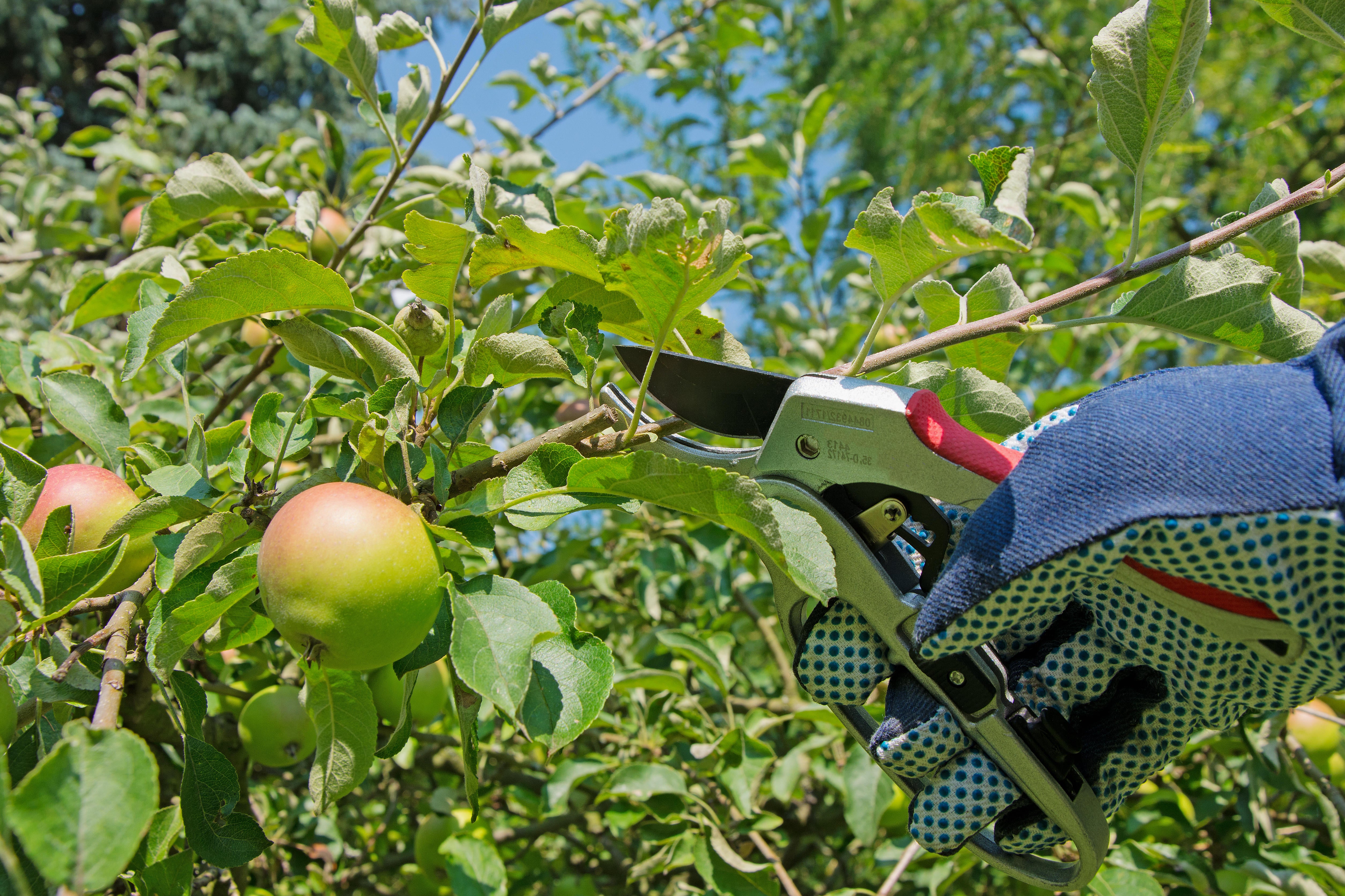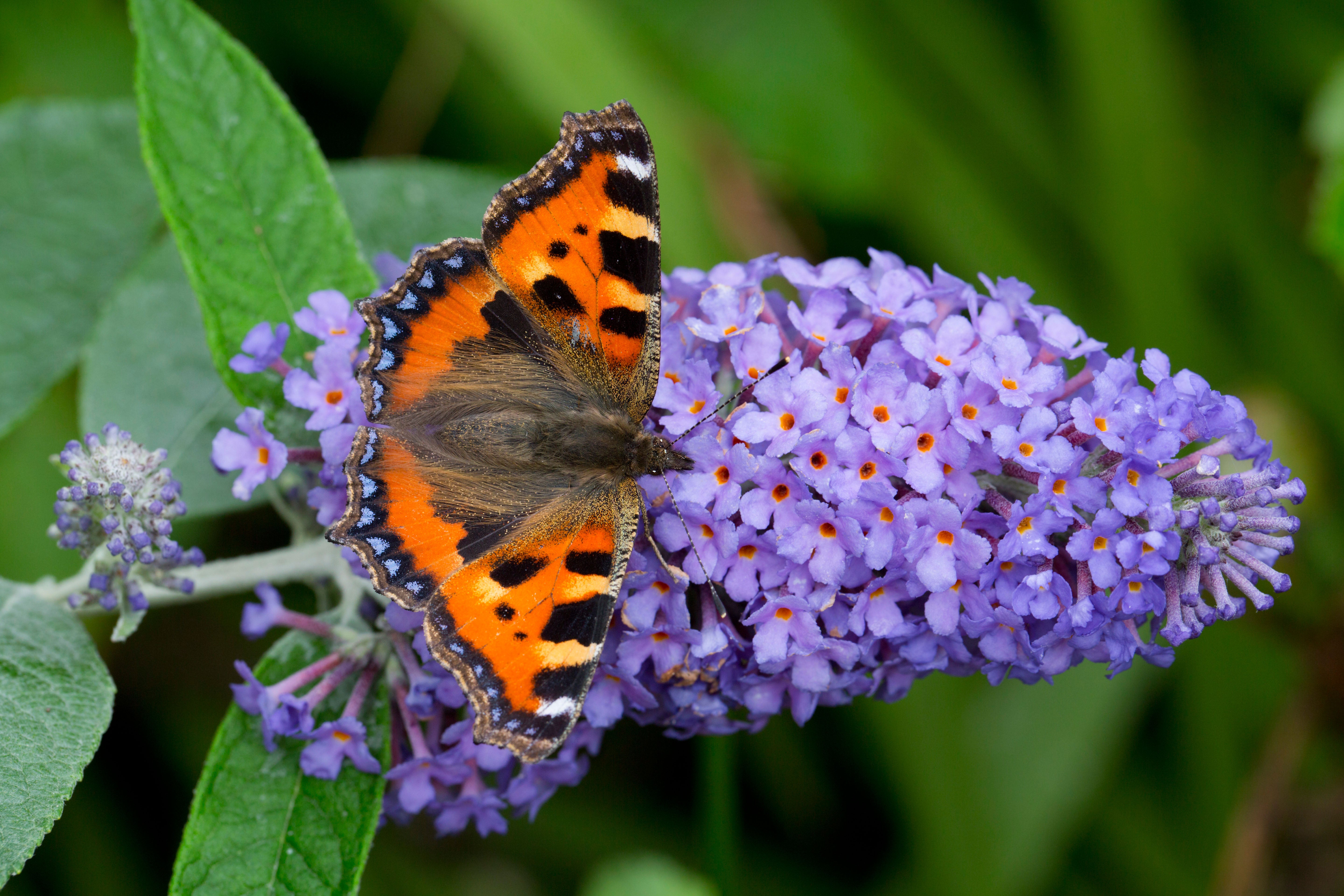As summer progresses and early perennials fade, shrubs can begin to look unruly and hedges wayward.
At this time of year, many gardeners feel the urge to reach for their secateurs.
But what should be pruned now, and which plants are best left untouched?
According to Guy Barter, chief horticulturist at the Royal Horticultural Society (RHS), now is the ideal time to "prune the last of those shrubs that flowered in spring, such as philadelphus, ribes and forsythia".
He advises gardeners to "cut out a proportion of the stuff that has flowered".
A productive pruning session would see a gardener "typically taking out one stem in three" as low down on the plant as possible, he says.
Here is a guide to what exactly to prune at this time of year – and how.

Cut back earlier flowering perennials
“Early flowering perennials often get mildew and you can cut them back as hard as you like, give them a good water and they will regrow and often flower again in September,” Mr Barter says.
“Other perennials like hardy geraniums can be cut back now and although they won’t flower again this year they will produce nice fresh green leaves.”
Prune evergreen shrubs
“It’s a good time to prune evergreen shrubs because if you prune them later their roots have got to survive all winter without enough leaves. If you can’t prune them early on, leave it until spring,” Mr Barter suggests.
Coarser shrubs such as osmanthus, choisya, elaeagnus and euonymus are all suitable candidates.
Clip lavender
Once your lavender has finished flowering, give it a good trim with shears to tidy it up.
You should cut off the dead flowers just beyond the base of the old flower stems, but make sure you don’t cut into dead wood or it won’t recover.

Prune wisteria
Cutting wisteria back to a couple of leaves in late summer will reduce its vigour and divert its energies into producing flower buds, Mr Barter says.
Shortening the current year’s green shoots to five or six leaves will encourage bud formation and control size.
You will need to prune it again in January or February tidy up the plant, remove unwanted growth and prepare the plant for the next growing season.
Tidy up pyracantha
These prickly shrubs will have picked up a lot of growth over the summer, so the emerging berries may be hidden by foliage.
If this is the case, prune new growth just beyond the berries so that you can see them and they will ripen in time to give you a dazzling display in autumn.
Doing it now will also ensure that the shrub looks tidier and will keep its shape better.

Shorten apples and pears
“They follow the same principle as wisteria, so shorten back new growth to a couple of leaves which reduces the tree’s vigour, lets light in to ripen the fruit and promotes the formation of fruit buds,” says Mr Barter.
Summer pruning is mainly for apples and pears trained as cordon, espalier, fan, pyramid and spindlebush. Do it when the bottom third of the new shoots is stiff and woody.
Check hedges
Ensure that there are no birds’ nests in your overgrown hedge before tackling it in late summer, Mr Barter advises.
“It’s an offence to disturb nesting birds, so if you’re sure there are no birds’ nests in your hedge you can trim away. Otherwise, wait ‘til September.
“Virtually every hedge will be growing, like Lonicera nitida and privet, and they need a good haircut twice or three times a year, but doing one now is good.
“Conifer hedges like Leyland cypress or western red cedar (Thuja plicata) can be trimmed now but be careful not to cut back into old wood. Deciduous hedges like beech and hornbeam can be pruned now as well and will look smart all winter.”

What shrubs should you leave in summer?
Late-summer flowering plants including buddleias and caryopteris are best left until spring to induce new growth in summer, Mr Barter advises.
“Some deciduous plants such as deutzia or weigela which haven’t taken off yet, you might want to leave ‘til winter.
“When you prune in the summer you are reducing the plant and taking its resources away.
“If it’s looking a bit weak and straggly, either don’t prune it at all or prune in the winter when its resources are in the roots. Then, when you prune in the winter you get vigorous regrowth.
“If it’s a well-established plant that is big and you want to curb its size, then summer prune because it takes more of the go out of the plant.”







